Notes
Wire Services, Instagram and Migrant Despair: Woohoo!
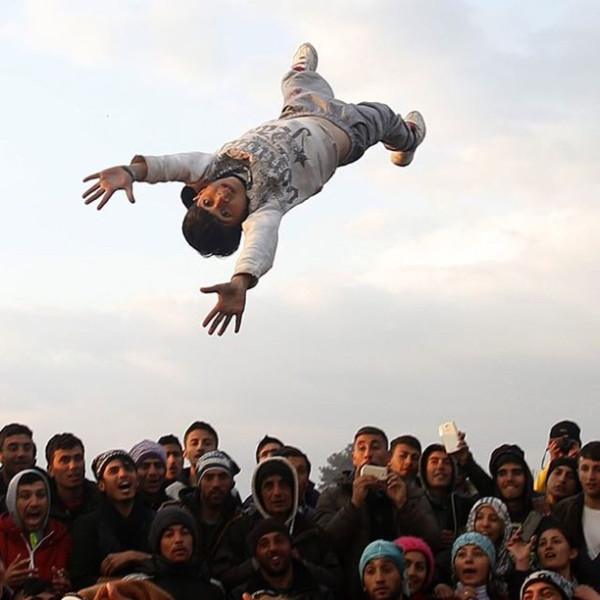
News photos can offer different angles on a story. Still though, they should deepen our understanding of events and situations, not contradict them.
That’s what’s so concerning about the photos of the migrant crisis posted by Reuters and AP this week on Instagram. If the photos were part of a larger focus on the story, that would be one thing. What with the U.S. presidential campaign, the Brussels attack and college basketball’s March Madness dominating domestic attention, however, it’s possible these were the only photos from Idomeni, Greece many followers might have seen.
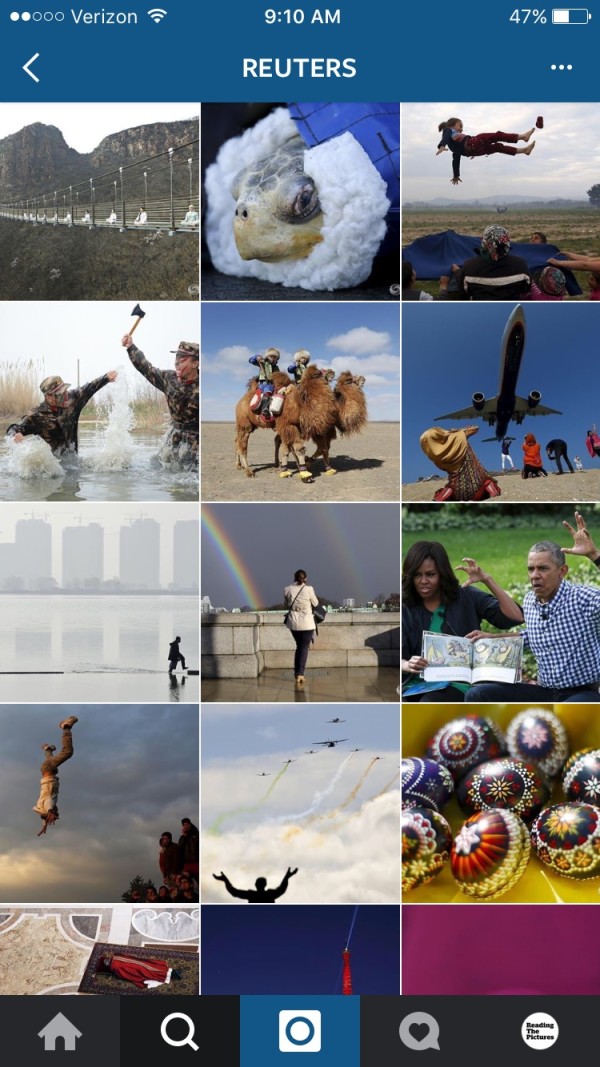
Above you can see the photos in the Reuters feed over the past few days. The Reuters feed has 688K followers and AP has over 60K. Another factor to consider in terms of context is that these services only publish a few photos a day on Instagram.
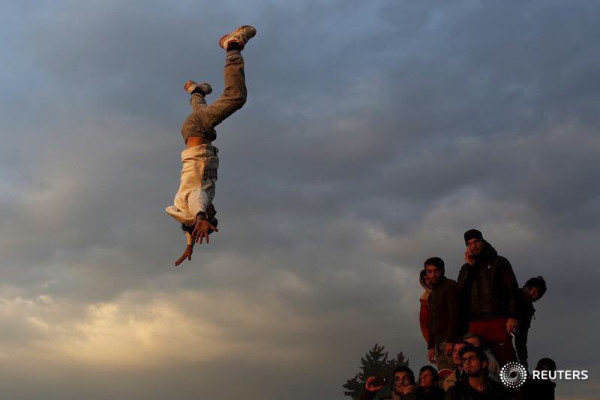
From this Reuters photo, and even more so, the caption accompanying it, one would imagine that things were pretty stable in Idomeni, enough so the refugees could afford a good time. The caption reads:
Migrants and refugees sing and dance during a party at a makeshift camp at the Greek-Macedonian border near the village of Idomeni, Greece, March 27, 2016.
As of this writing, by the way, this photo had garnered 3,845 likes.
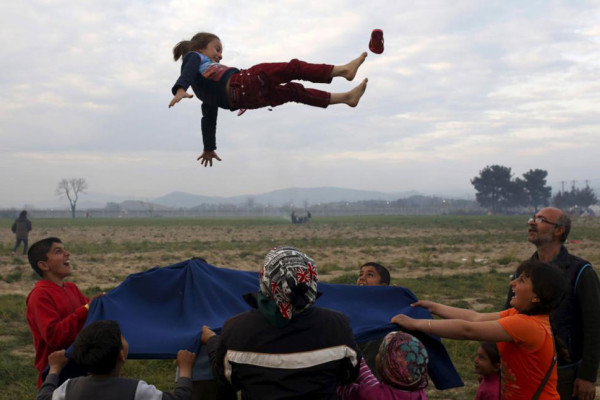
This photo was published on the Reuters feed two days later. It currently has over 3,400 likes. Not much more helpful, the caption reads:
Children play at a makeshift camp for migrants and refugees at the Greek-Macedonian border near the village of Idomeni, Greece, March 29, 2016. #Idomeni #Greece #ReutersPhotos #ReutersMigration #picoftheday
As for AP, the photo of the child flying through the air at the top of this post was published on their account. You can also see it in this screen grab of their feed:
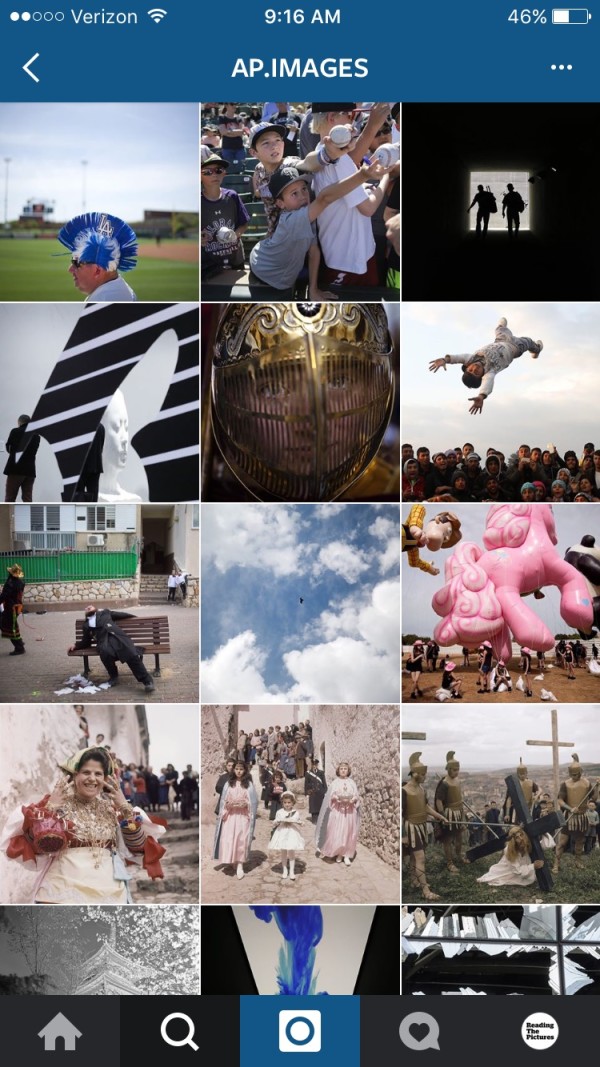
Their caption, at least, informs us the prospects of the refugees are hardly soaring. It reads:
A person is thrown and caught as migrants gather and have a party in the northern Greek border station of Idomeni, Greece. More than 11,500 migrants and refugees are still at the makeshift camp, even though Macedonia has shut its border to them, as have other Balkan countries along what used to be the refugees main route to central Europe. The Greek government wants to empty the Idomeni encampment by next month, but has ruled out using coercive measures.
How far off are these pictures in terms of the visual politics? The scene in Idomeni is so dismal that a spokesperson for the German immigration organisation, Pro Asyl, noted how European hardliners are welcoming the photographs of squalor hoping they might dissuade more refugees from coming. The situation at Idomeni is so dire, the Greek Interior Minister compared it to Dachau.
To be completely fair, photos on Instagram — and this tends to include the photos posted by news organizations — strongly skew to the lighter and prettier, the more colorful and entertaining. Back in the day, the editorial category used to be called “human interest.” At the same time, though, one could make the argument that “cheery migrant” photos on the Instagram platform, providing such an idyllic picture in such an exclusive grouping, are so grossly misrepresentative that it’s better not to go there at all.
For balance, because the migrant crisis has grown old and mostly buried by the domestic press, I could give you links to a photo story or two of the Idomeni purgatory. Or, I could offer you photos of the migrants doing a different group activity. The last link, from VICE, for example, has one photo where the caption reads:
Young men try to pull down a tree with a rope in Idomeni. Shortages of firewood have led many migrants to burn plastics and clothes creating a toxic smog over the camp at night.
Because this post, though, has to do with singular images, I’ll leave you with this counterpoint.
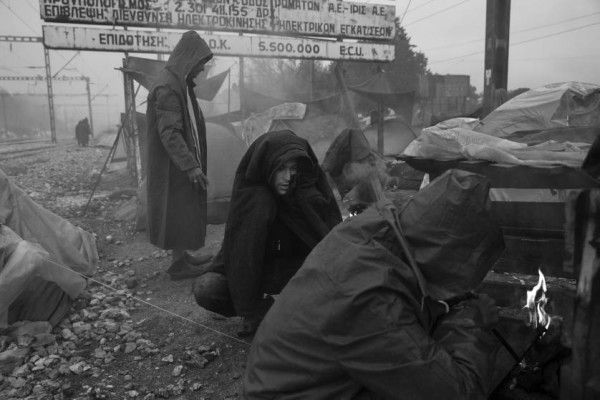
As part of a slideshow at TIME, this is one of James Nachtwey’s photos taken from the Idomeni camp on March 13th. Hopefully more informative, I’m sorry to say it’s probably a lot less likable.
(photo 1: DarkoVojinovic/AP. photos 2 and 3: Marko Djurica/Reuters. photo 4: James Nachtwey for TIME. caption: Refugees seek warmth in a camp at the border of Greece and Macedonia near the town of Idomeni. The path that more than a million asylum seekers had used to reach Germany last year, going from Turkey to Greece and up through the Balkans is no longer possible because of border closures, leaving thousands stranded in Greece, March 13, 2016.)
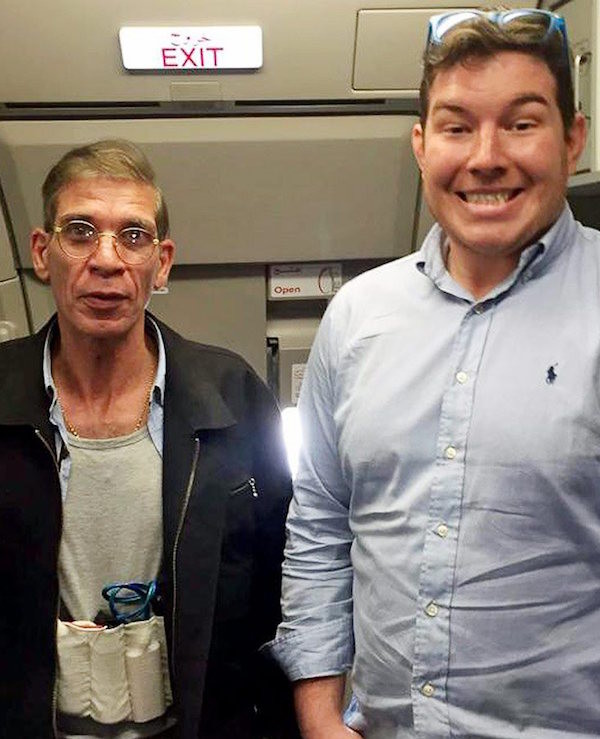
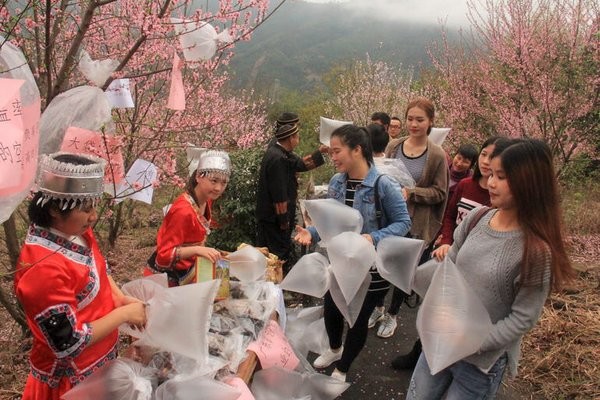
Reactions
Comments Powered by Disqus